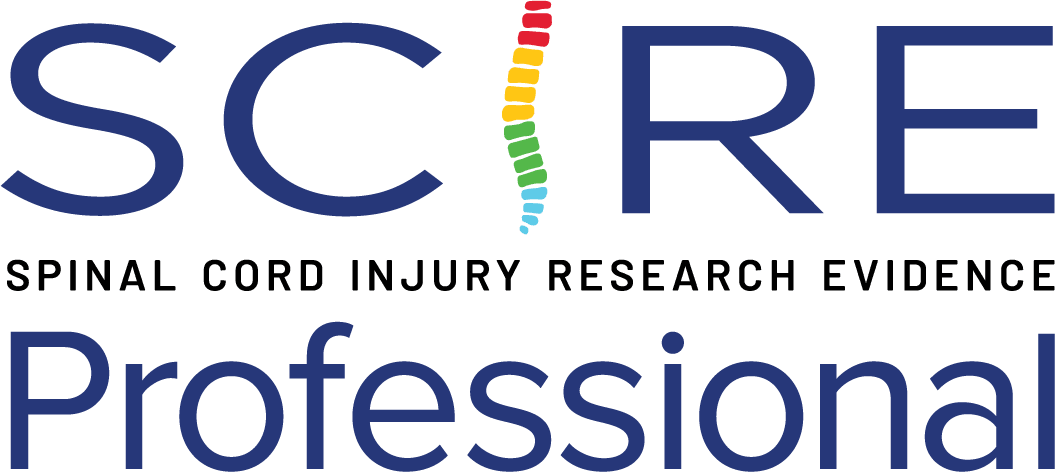- Developed to measure coping after a sudden onset SCI
- Made up of three domains:
1) Acceptance of Injury, measures the extent of reevaluation of life values
2) Social Reliance, measures the tendency towards dependent behaviour
3) Fighting Spirit, measures efforts to behave independently
Clinical Considerations
- The results of the SCL CSQ are to be used to advise clinicians about specific coping mechanisms of acceptance, fighting spirit and social reliance.
- Coping strategies have been shown to be associated with emotional well-being. The SCL CSQ is a measure to assess coping efforts, rather than the outcomes of coping which is more typically measured, and may be a more pertinent tool to assess emotional well-being.
- The scale was originally developed for the SCI population
- The SCL CSQ can be completed online, over the telephone or in person. It is short and simple to complete, and represents no significant burden to the respondent. The scale is simple to administer and score.
ICF Domain
Body Function ▶ General Functions
